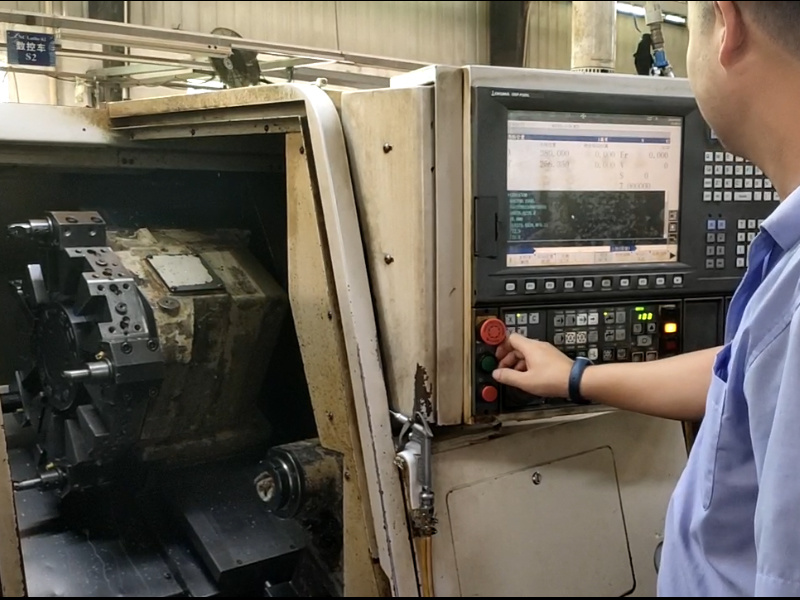19
2024
-
12
Understanding Aluminum Die Casting: A Comprehensive Guide for Professionals
Author:
Aluminum die casting is a highly efficient manufacturing process that plays a crucial role in the production of complex metal components. This method involves forcing molten aluminum into a mold cavity under high pressure, resulting in precise, intricate shapes that are often required in various industries, including automotive, aerospace, and consumer electronics.
One of the primary advantages of aluminum die casting is its ability to produce parts with exceptional dimensional accuracy and surface finish. The process allows for the creation of intricate designs that would be difficult or impossible to achieve using other manufacturing techniques. This precision is essential for high-performance components that require tight tolerances and consistent quality.
Moreover, aluminum die casting is known for its rapid production rates. Once the initial mold is created, which can be a significant upfront investment, the process can yield thousands of parts over a relatively short period. This efficiency makes it an attractive option for high-volume production runs, where the cost per unit decreases significantly as production scales.
In addition to efficiency, aluminum die casting offers remarkable material properties. Aluminum is lightweight yet strong, providing a favorable strength-to-weight ratio. This characteristic is particularly important in industries such as automotive and aerospace, where reducing weight can lead to enhanced fuel efficiency and performance. Furthermore, aluminum is resistant to corrosion, which extends the lifespan of the components produced through this method.
Another notable aspect of aluminum die casting is the recyclability of the material. Aluminum itself is highly recyclable, and using recycled aluminum in the die casting process can significantly reduce energy consumption and environmental impact. This aligns with the growing demand for sustainable manufacturing practices, making aluminum die casting an environmentally friendly choice.
However, it is important to recognize that aluminum die casting also has its challenges. The initial costs of creating high-quality molds can be substantial, and the process requires skilled labor to ensure that quality standards are met. Additionally, factors such as cooling rates and the design of the mold can significantly influence the final product's quality. Therefore, it is essential for manufacturers to work closely with experienced engineers and designers during the development phase to optimize these variables.
In summary, aluminum die casting is a vital process in the manufacturing of high-quality, complex metal parts. Its advantages, including precision, efficiency, and material properties, make it a preferred choice in various industries. Understanding the intricacies of this process allows professionals to leverage its benefits effectively while navigating its challenges, ultimately leading to improved product quality and performance.
19
2024-12
Understanding Aluminum Die Casting: A Comprehensive Guide for Professionals
19
2024-12
The trend of integrated die casting is becoming clear as the demand for automotive lightweight incre
19
2024-12
Six Ways to Increase Tooling Life
23
2019-08
What testing equipment is needed in a foundry laboratory?
23
2019-08
What is the difference between cast steel and cast iron?
23
2019-08
Performance Analysis of Steel Structure Cast Steel Joints
23
2019-08
Answers to questions related to wax mold manufacturing in precision casting?
Huizhou Winnington Casting Co., Ltd.
Tel: +86-752-5751628
Fax: 86-752-5751625
E-mail: chw@winningtoncasting.com
Address: Xikeng Village, Huihuan Street, Zhongkai High-tech Zone, Huizhou City
Website: http://www.winningtoncasting.com






